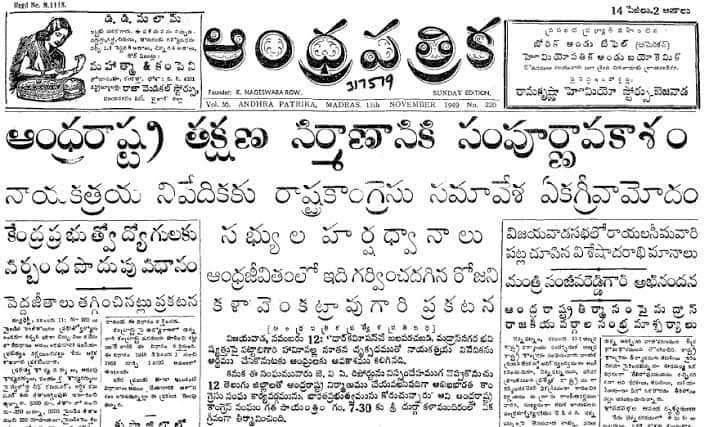#Amrutanjan
Do you know the founder of this brand & company was a Freedom Fighter, Acclaimed Journalist & Earliest Propagator for Separate Andhra Pradesh From Madras Constituency?
#KasinadhuniNageshwaraRaoPantulu was born at Krishna dist for a Brahmin couple on 01/05/1867.
+

Do you know the founder of this brand & company was a Freedom Fighter, Acclaimed Journalist & Earliest Propagator for Separate Andhra Pradesh From Madras Constituency?
#KasinadhuniNageshwaraRaoPantulu was born at Krishna dist for a Brahmin couple on 01/05/1867.
+


Completing his graduation from Madras Christian College, Pantulu travelled for Kolkata to work in Apothecary Business (Pharmacist), later he moved to Bombay to work in an office, unsatisfied, Pantulu in the year 1893 got patent for Pain Balm &
started #Amrutanjan_Limited.
+
started #Amrutanjan_Limited.
+

He recognized the need for a Telugu language journal to campaign effectively for the freedom struggle and founded a weekly #AndhraPatrika in 1909 in Bombay.
In 1914, he moved the journal to Madras and reformatted it as a daily newspaper.
Besides being a journalist,
+

In 1914, he moved the journal to Madras and reformatted it as a daily newspaper.
Besides being a journalist,
+


Nageswara Rao was also a publisher of Telugu literature. In 1926, he launched a publishing house known as the Andhra Grandha Mala. This institution published as many as 20 books besides reproducing many Telugu classics as well as modern writings.
For accessibility of common
+
For accessibility of common
+
man, Pantulugaru kept all his journals at low price & his dedication for education helped set up 120 libraries at Andhra by 1920...
Pantulugaru also referred as #Deshoddaraka for voicing separate Andhra state in his publications.
Nageshwara Rao Pantulu by 1920s started
+
Pantulugaru also referred as #Deshoddaraka for voicing separate Andhra state in his publications.
Nageshwara Rao Pantulu by 1920s started
+
involving in Congress & between 1924-34, he was the president of @INC_Andhra & he was imprisoned by British for participating in Salt Satyagraha.
At Prison, Pantulugaru wrote exposition for Bhagavad-Gita where in he argued that Gita belonged to entire humanity as a Yoga for
+
At Prison, Pantulugaru wrote exposition for Bhagavad-Gita where in he argued that Gita belonged to entire humanity as a Yoga for
+

spiritual enlightenment & prosperity of entire world.
Kasinadhuni Nageshwara Rao Pantulu reached Vaikunatm on 11/04/1938 after decades of service to humanity & Maa Bharati.
#ForgottenHeroes
#VandeMataram

Kasinadhuni Nageshwara Rao Pantulu reached Vaikunatm on 11/04/1938 after decades of service to humanity & Maa Bharati.
#ForgottenHeroes
#VandeMataram


• • •
Missing some Tweet in this thread? You can try to
force a refresh










